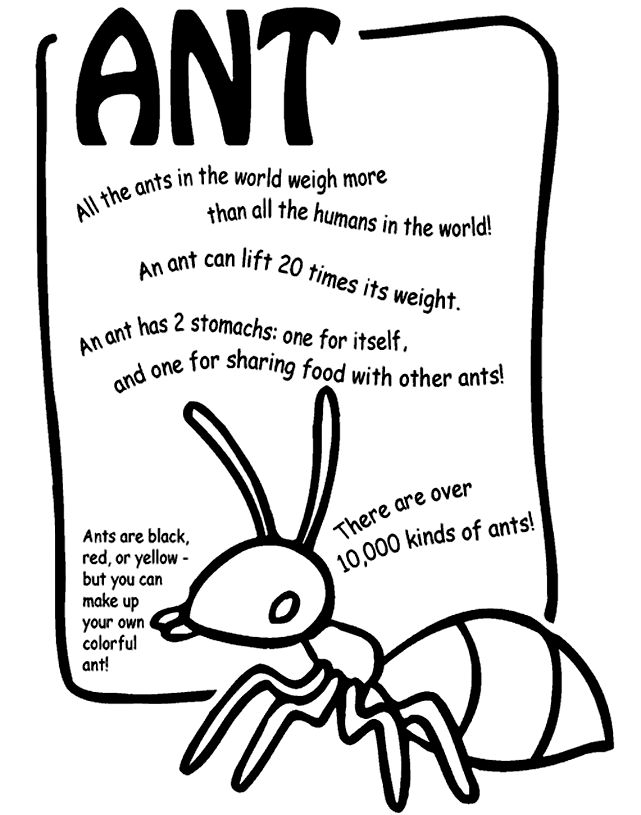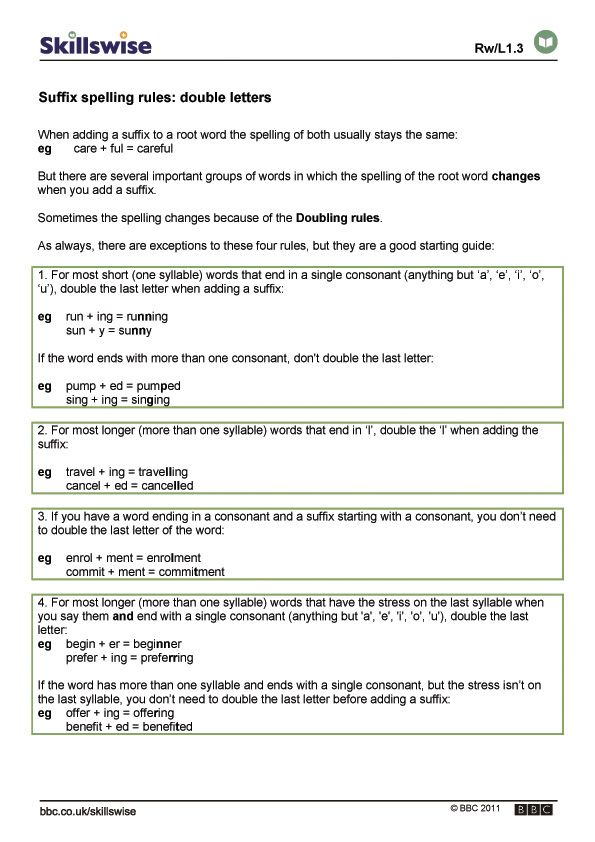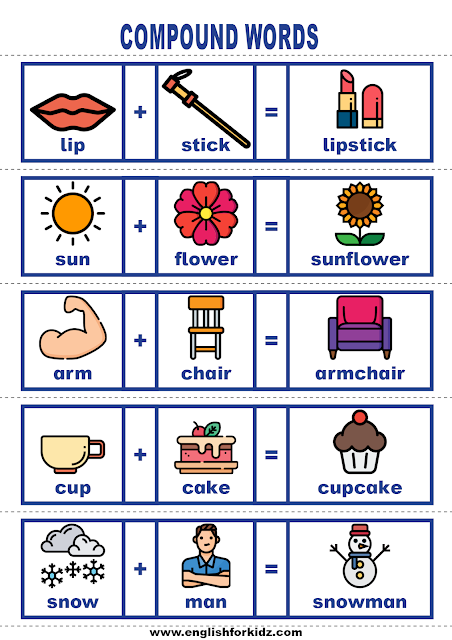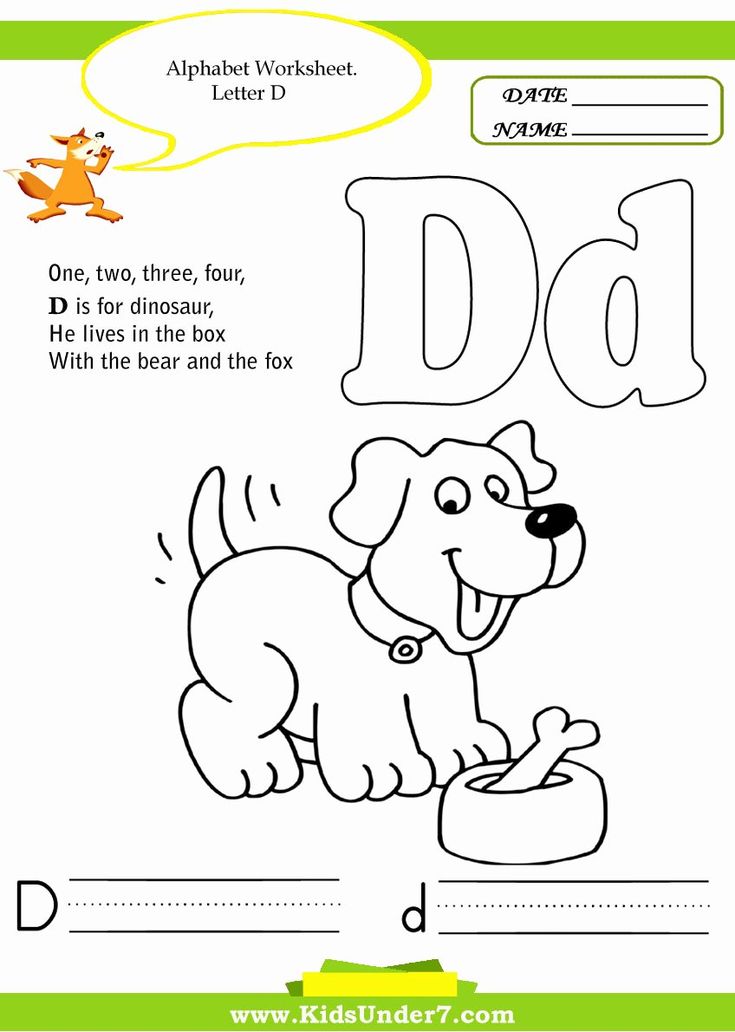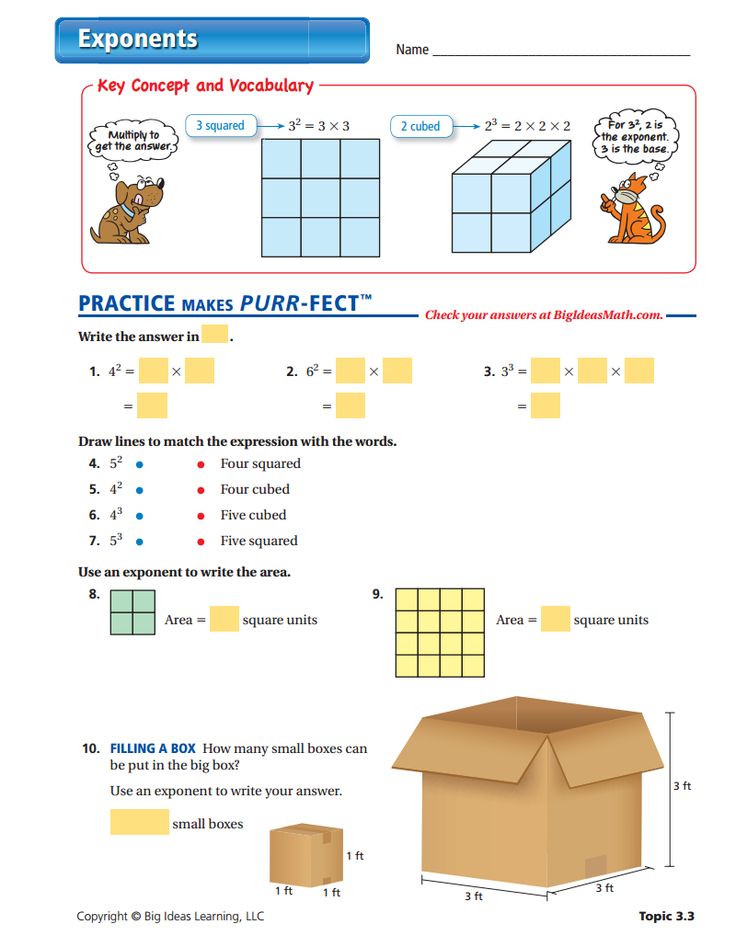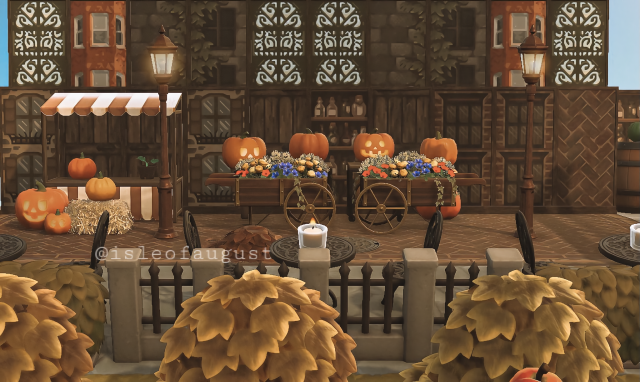Ants for children
Fun Facts about Ants & Ant Information for Kids
Pest A - ZAntsBed BugsBeesBeetlesBirdsCockroachesDust MitesEarwigsFleasFliesGophersLadybugsLiceMiceMosquitoesMothsOpossumsPill BugsRatsSpidersStink BugsTermitesTicksVolesWasps
Glossary
Ant Facts for Kids
- There are more than 12,000 species of ants all over the world.
- An ant can lift 20 times its own body weight. If a second grader was as strong as an ant, she would be able to pick up a car!
- Some queen ants can live for many years and have millions of babies!
- Ants don’t have ears. Ants "hear" by feeling vibrations in the ground through their feet.
- When ants fight, it is usually to the death!
- When foraging, ants leave a pheromone trail so that they know where they’ve been.
- Queen ants have wings, which they shed when they start a new nest.
- Ants don’t have lungs. Oxygen enters through tiny holes all over the body and carbon dioxide leaves through the same holes.
- When the queen of the colony dies, the colony can only survive a few months. Queens are rarely replaced and the workers are not able to reproduce.
Although ants are frustrating when they get into your home or when you’re having a picnic, ants do help the environment. They are social insects, which means they live in large colonies or groups. Depending on the species, ant colonies can consist of millions of ants.
There are three kinds of ants in a colony: The queen, the female workers, and males. The queen and the males have wings, while the workers don’t have wings. The queen is the only ant that can lay eggs. The male ant’s job is to mate with future queen ants and they do not live very long afterwards. Once the queen grows to adulthood, she spends the rest of her life laying eggs! Depending on the species, a colony may have one queen or many queens.
Ant colonies also have soldier ants that protect the queen, defend the colony, gather or kill food, and attack enemy colonies in search for food and nesting space. If they defeat another ant colony, they take away eggs of the defeated ant colony. When the eggs hatch, the new ants become the "slave" ants for the colony. Some jobs of the colony include taking care of the eggs and babies, gathering food for the colony and building the anthills or mounds.
If they defeat another ant colony, they take away eggs of the defeated ant colony. When the eggs hatch, the new ants become the "slave" ants for the colony. Some jobs of the colony include taking care of the eggs and babies, gathering food for the colony and building the anthills or mounds.
Find more fun ant facts for kids in addition to ant control at the official NPMA website.
Download
Pest I.D. Card
Argentine Ants
This species of ant is native to Argentina and Brazil and was probably introduced to the United States in freight ships around the 1890’s. These ants can be found in southern states and in California, Illinois, Maryland, Missouri, Oregon and Washington.
- Size: 1/16" to 1/4"
- Shape: Segmented, Oval
- Color: Dark brown to black and shiny
- Legs: 6
- Wings: Varies
- Antenna: Yes
- Common Name: Argentine ant
- Kingdom: Animalia
- Phylum: Arthropoda
- Class: Insects
- Order: Hymenoptera
- Family: Formicidae
- Species: Linepithema humile
Diet:
Argentine ants prefer sweet substances but will eat almost anything including meats, eggs, oils and fats.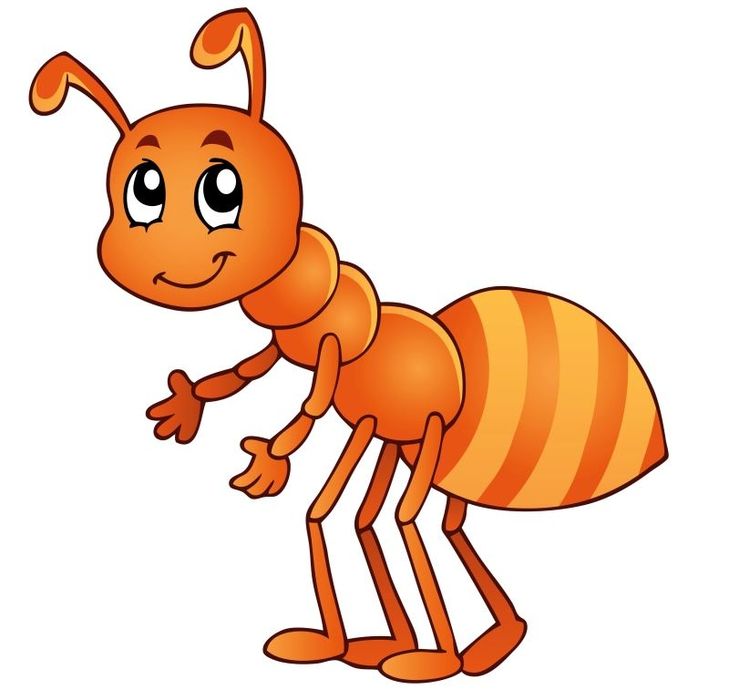 Also, when foraging for food, Argentine ants leave pheromone trails everywhere they go, instead of just from nest to food source. This habit ensures they do not waste time visiting the same area twice. While in other ant species worker ants are primarily responsible for gather food, Argentine queens also assist with foraging for food.
Also, when foraging for food, Argentine ants leave pheromone trails everywhere they go, instead of just from nest to food source. This habit ensures they do not waste time visiting the same area twice. While in other ant species worker ants are primarily responsible for gather food, Argentine queens also assist with foraging for food.
Habitat:
Argentine ant colonies are located in wet environments near a food source. These colonies can grow to monumental size, sometimes covering entire habitats, such as an entire garden or your whole back yard.
Impact:
Argentine ants do not pose a health threat, but they can contaminate food by leaving their bodily waste behind.
Prevention:
- Eliminate standing water. Argentine ants, similar to mosquitoes and termites, are attracted to moisture.
- Keep tree branches and other plants cut back from the house. Sometimes ants use these branches to get into your home.
- Make sure that there are no cracks or little openings around the bottom of your house.
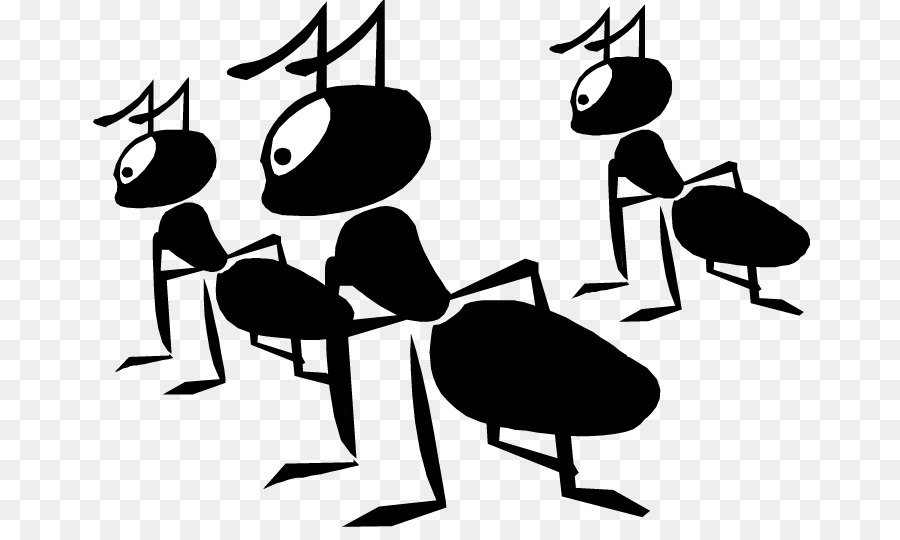 Sometimes ants use these to get into your home.
Sometimes ants use these to get into your home. - Make sure that firewood and building materials are not stored next to your home. Argentine ants like to build nests in stacks of wood.
Teachers, are you looking for more instructive materials to share with your students? Find additional information on Argentine ants at the official NPMA website.
Download
Pest I.D. Card
Carpenter Ants
Carpenter ants get their name because they build their nests in wood. These insects can cause significant damage to your house. There are many types of carpenter ants throughout the U.S. measuring in size from one-quarter inch (about the width of a pencil) for a worker carpenter ant to three-quarters of an inch (about the size of a quarter) for a queen carpenter ant.
Each colony is established by a single, fertilized queen. She starts her nest in a cavity in wood, where she raises her first brood of workers.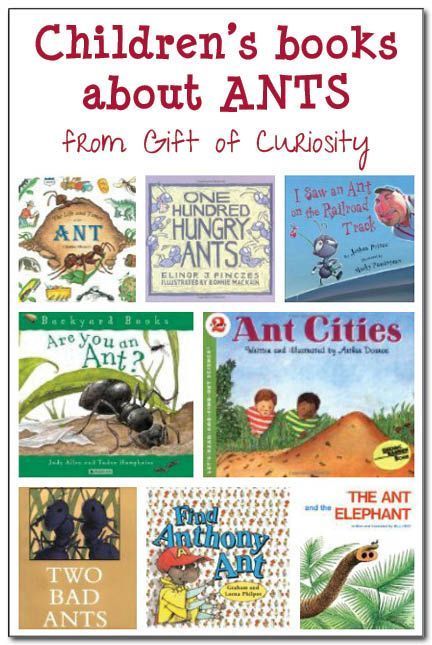 She feeds them saliva and does not leave the nest or feed herself during this time.
She feeds them saliva and does not leave the nest or feed herself during this time.
When they are ready, those workers then get the job of gathering food to feed the next generation. Once mature, this first generation of worker ants work to increase the food supply for the colony. The colony population grows very rapidly. A colony can eventually produce 2,000 or more workers.
- Size: 5/8"
- Shape: Oval
- Color: Range in color from red to black
- Legs: 6
- Wings: Varies
- Antenna: Yes
- Common Name: Carpenter ant
- Kingdom: Animalia
- Phylum: Arthropoda
- Class: Insecta
- Order: Hymenoptera
- Family: Formicidea
- Species: Camponotus
Diet:
Carpenter ants do not eat the wood they remove during their nest-building activities, but deposit it outside entrances to the colony in small piles. The diet of carpenter ants includes living and dead insects, meat, fats and sugary foods of all kinds, including honeydew and nectar from plants.
The diet of carpenter ants includes living and dead insects, meat, fats and sugary foods of all kinds, including honeydew and nectar from plants.
Habitat:
Carpenter ants build nests anywhere they can find water and moldy or damp wood, such as tree stumps, firewood or in the plants around your house. Carpenter ants also build nests inside, usually entering buildings through wet, damaged wood, although it isn’t uncommon for them to adapt to drier environments.
Impact:
Carpenter ants don’t carry disease, but when building a nest inside a home, Carpenter ants dig smooth tunnels inside the wood. These tunnels weaken the wood and potentially damage the wood that keeps the house standing. This kind of damage can be very expensive to fix.
Prevention:
- Eliminate all standing water, as this could attract carpenter ants.
- Ensure that tree branches and plants are not touching your property, as ants can use them to reach your home.
- Seal any cracks or openings near the bottom of your home.
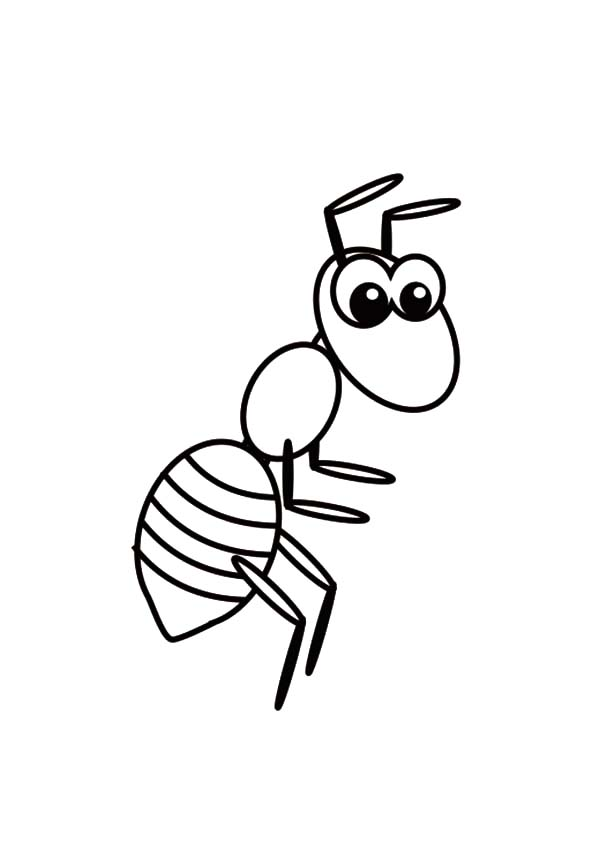
- Keep building materials and firewood away from the home, as ants may use this for building a nest.
School teachers — are you interested in more ant and insect materials to share with your students? Find additional information on carpenter ants at the official NPMA website.
Download
Pest I.D. Card
Odorous House Ants
This ant gets its name from the strong, rotten coconut-like smells it gives off when crushed and the fact that they commonly nest in or around houses. Native to the United States, these ants are very social, living in colonies of up to 100,000 members.
- Size: 1/16" to 1/8"
- Shape: Segmented, oval
- Color: Brown or black
- Legs: 6
- Wings: Varies
- Antenna: Yes
- Common Name: Odorous house ant
- Kingdom: Animalia
- Phylum: Arthropoda
- Class: Insecta
- Order: Hymenoptera
- Family: Formicidae
- Species: Tapinoma sessile
Diet:
Odorous house ants like to eat dead insects and sugary sweets, especially melon.
Habitat:
Typically living for several years, these ants commonly make their homes in exposed soil, under stones, logs, mulch, debris and other items. They will also nest in wall and floor cracks.
Impact:
Odorous house ants do not pose a health threat, but they can contaminate food by leaving waste behind.
Prevention:
- Since ants are attracted to moisture, eliminate all standing water near your property.
- Ants can use tree branches to enter your home. Cut back any plants that may be touching your property.
- Seal cracks and other openings around the bottom of your property to prevent ants from using it to enter your home.
- Ants will often use building materials or firewood to create nests.
Find more educational materials for use in your classroom, including a profile on odorous house ants, at the official NPMA website.
Download
Pest I.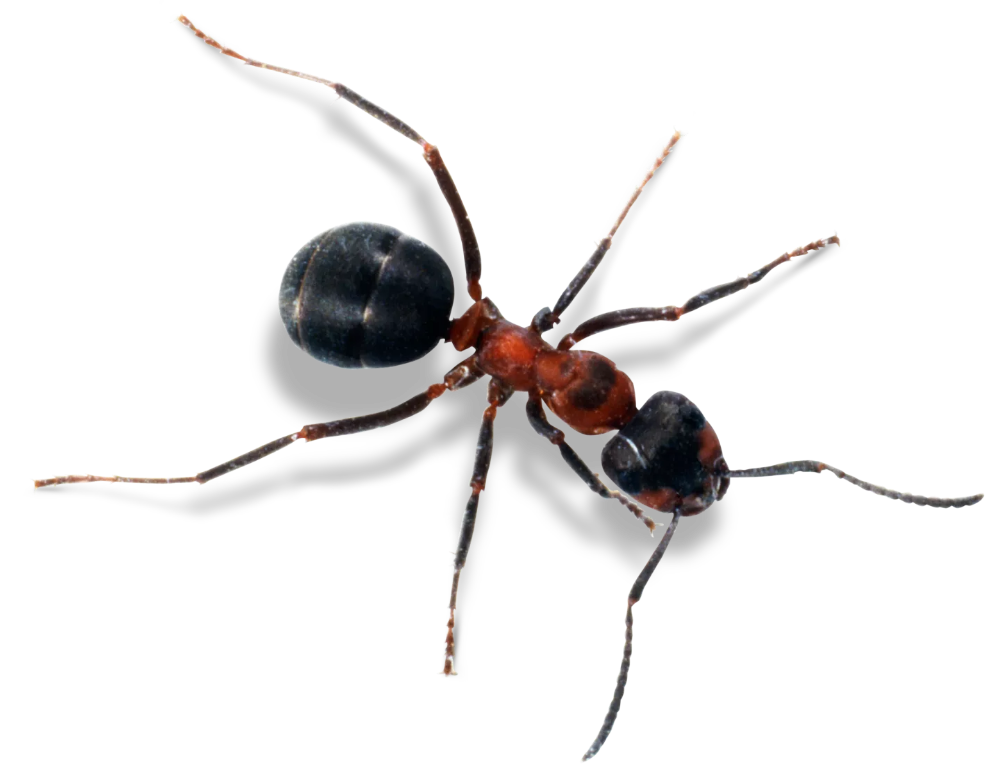 D. Card
D. Card
Pavement Ants
Although these ants can live inside, they get their name because they make their nests in or under cracks in pavement. They are typically found in the eastern half of the United States, California and Washington. Pavement ant colonies average 3,000 to 4,000 members and have several queens.
- Size: 1/8"
- Shape: Segmented, oval
- Color: Dark brown to black
- Legs: 6
- Wings: Varies
- Antenna: Yes
- Common Name: Pavement ant
- Kingdom: Animalia
- Phylum: Arthropoda
- Class: Insecta
- Order: Hymenoptera
- Family: Formicidae
- Species: Tetramorium caespitum
Diet:
These ants will eat almost anything, including insects, grease, seeds, honeydew, honey, bread, meats, nuts and cheese.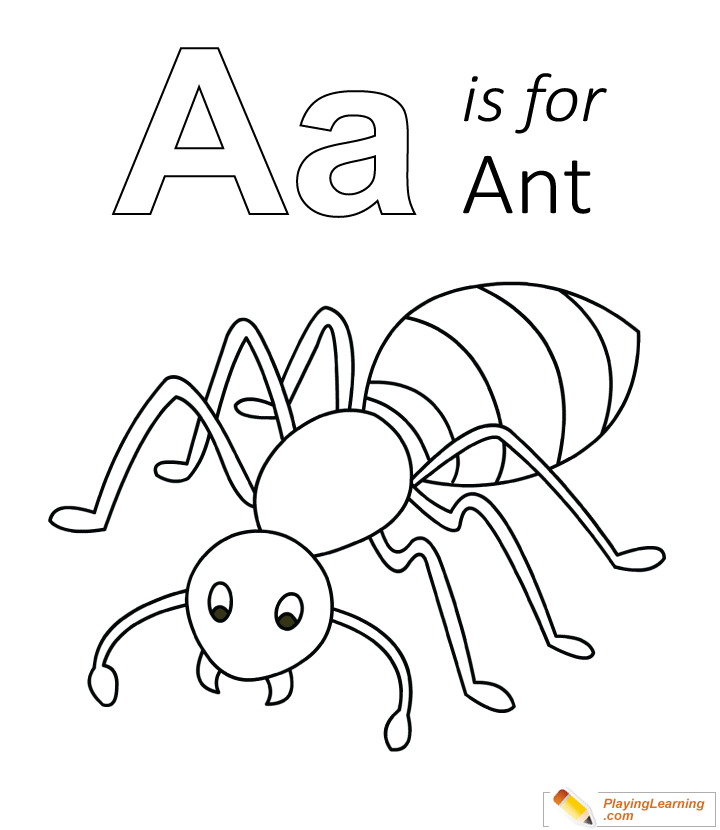
Habitat:
This ant gets its name because it most commonly nests in soil next to and beneath slabs, sidewalks, patios, and driveways. Indoors, pavement ants nest under a building’s foundation and within hollow foundation walls.
Impact:
Pavement ants do not pose a health threat, but they can contaminate food by leaving waste behind.
Prevention:
- Eliminate all standing water near the home, as ants (as well as other insects like mosquitoes and termites), are attracted to moisture.
- Cut back plants and tree branches that may be touching the home.
- Seal any cracks or openings that ants may be using to enter the home.
- Ants may use firewood and building materials to build nests. Be sure to keep these sorts of materials away from the home.
Find more information on pavement ants to share with the kids in your classroom at the official NPMA website.
Download
Pest I. D. Card
D. Card
Red Imported Fire Ants
Red imported fire ants (RIFA, for short) are more aggressive than other ant species and have a painful sting. These ants and their telltale mound nests should be actively avoided. Red imported fire ants can adapt to many climates and conditions in and around their environment. For example, if the colony senses increased water levels in their nests, they will come together and form a huge ball or raft that is able to float on the water!
- Size: 1/8" to 3/8"
- Shape: Segmented, oval
- Color: Dark reddish brown
- Legs: 6
- Wings: Varies
- Antenna: Yes
- Common Name: Red imported fire ant
- Kingdom: Animalia
- Phylum: Arthropoda
- Class: Insecta
- Order: Hymenoptera
- Family: Formicidae
- Species: Solenopsis invicta
Diet:
They primarily feed on vegetation.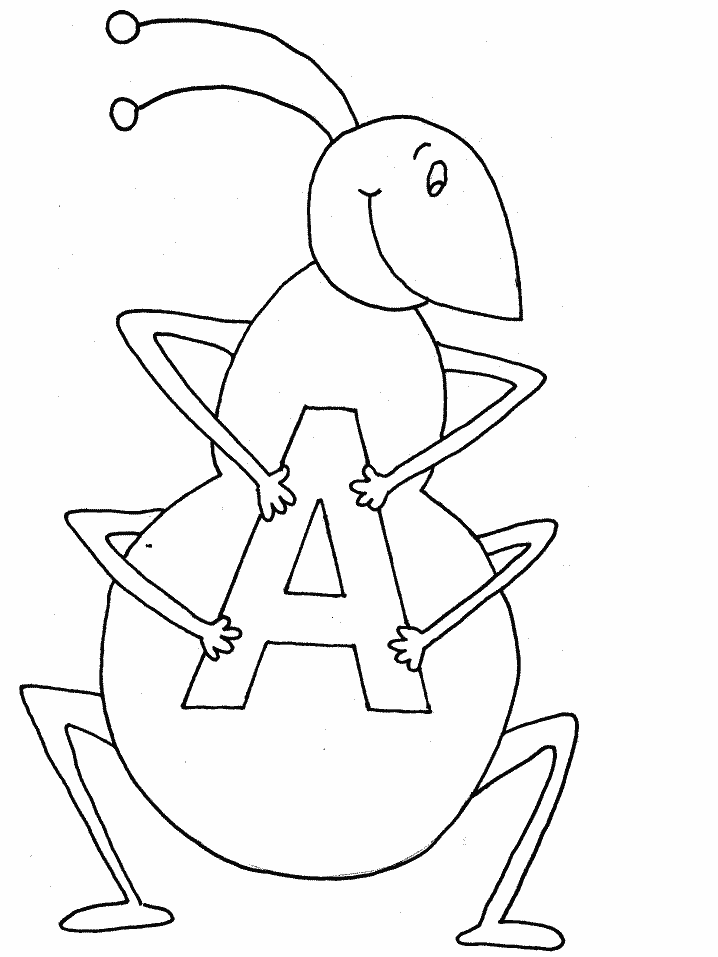
Habitat:
Red imported fire ants will build their nests in mounds of soil outdoors, in landscape areas or near a building’s foundation. They occasionally enter buildings through holes or cracks in walls and foundations.
Impact:
The sting of a red imported fire ant is painful and often results in a raised welt that becomes a white blister. Persons allergic to insect stings will react more severely. They are frustrating, not only because of the physical pain they can inflict, but because their mound-building activity can damage plant roots and lead to loss of crops.
Prevention:
- Since ants are attracted to moisture, eliminate standing water near the home.
- Cut back plants, including tree branches, that ants may use to reach your property.
- Ants can use cracks and openings to enter the home. Seal any sort of opening around the bottom of your property.
- Ants will sometimes use building materials and firewood to build nests.
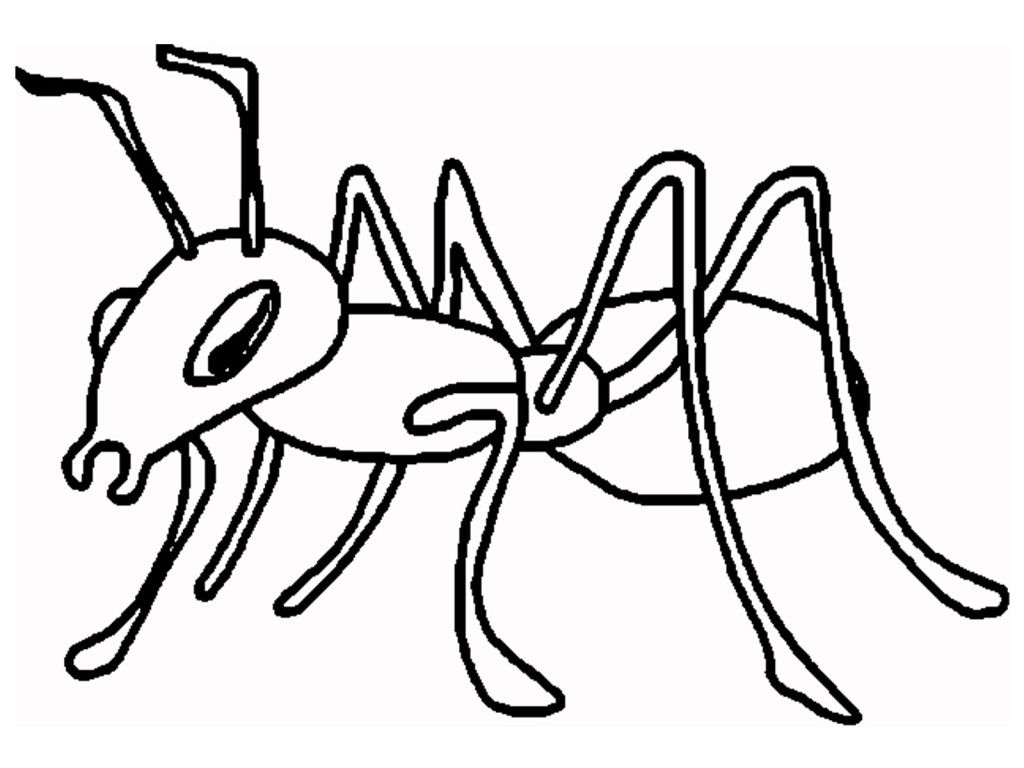 Periodically inspect these materials, and if possible, keep them away from the home.
Periodically inspect these materials, and if possible, keep them away from the home.
Teachers can find additional information on red imported fire ants to share with students at the official NPMA website.
More fun with pests
Fun Facts about Ants & Ant Information for Kids
Pest A - ZAntsBed BugsBeesBeetlesBirdsCockroachesDust MitesEarwigsFleasFliesGophersLadybugsLiceMiceMosquitoesMothsOpossumsPill BugsRatsSpidersStink BugsTermitesTicksVolesWasps
Glossary
Ant Facts for Kids
- There are more than 12,000 species of ants all over the world.
- An ant can lift 20 times its own body weight. If a second grader was as strong as an ant, she would be able to pick up a car!
- Some queen ants can live for many years and have millions of babies!
- Ants don’t have ears. Ants "hear" by feeling vibrations in the ground through their feet.
- When ants fight, it is usually to the death!
- When foraging, ants leave a pheromone trail so that they know where they’ve been.

- Queen ants have wings, which they shed when they start a new nest.
- Ants don’t have lungs. Oxygen enters through tiny holes all over the body and carbon dioxide leaves through the same holes.
- When the queen of the colony dies, the colony can only survive a few months. Queens are rarely replaced and the workers are not able to reproduce.
Although ants are frustrating when they get into your home or when you’re having a picnic, ants do help the environment. They are social insects, which means they live in large colonies or groups. Depending on the species, ant colonies can consist of millions of ants.
There are three kinds of ants in a colony: The queen, the female workers, and males. The queen and the males have wings, while the workers don’t have wings. The queen is the only ant that can lay eggs. The male ant’s job is to mate with future queen ants and they do not live very long afterwards. Once the queen grows to adulthood, she spends the rest of her life laying eggs! Depending on the species, a colony may have one queen or many queens.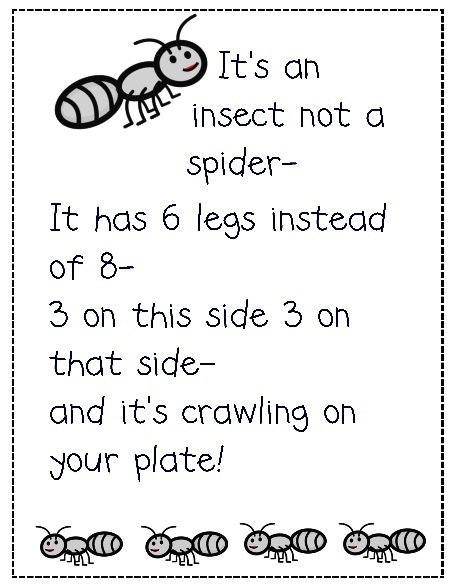
Ant colonies also have soldier ants that protect the queen, defend the colony, gather or kill food, and attack enemy colonies in search for food and nesting space. If they defeat another ant colony, they take away eggs of the defeated ant colony. When the eggs hatch, the new ants become the "slave" ants for the colony. Some jobs of the colony include taking care of the eggs and babies, gathering food for the colony and building the anthills or mounds.
Find more fun ant facts for kids in addition to ant control at the official NPMA website.
Download
Pest I.D. Card
Argentine Ants
This species of ant is native to Argentina and Brazil and was probably introduced to the United States in freight ships around the 1890’s. These ants can be found in southern states and in California, Illinois, Maryland, Missouri, Oregon and Washington.
- Size: 1/16" to 1/4"
- Shape: Segmented, Oval
- Color: Dark brown to black and shiny
- Legs: 6
- Wings: Varies
- Antenna: Yes
- Common Name: Argentine ant
- Kingdom: Animalia
- Phylum: Arthropoda
- Class: Insects
- Order: Hymenoptera
- Family: Formicidae
- Species: Linepithema humile
Diet:
Argentine ants prefer sweet substances but will eat almost anything including meats, eggs, oils and fats.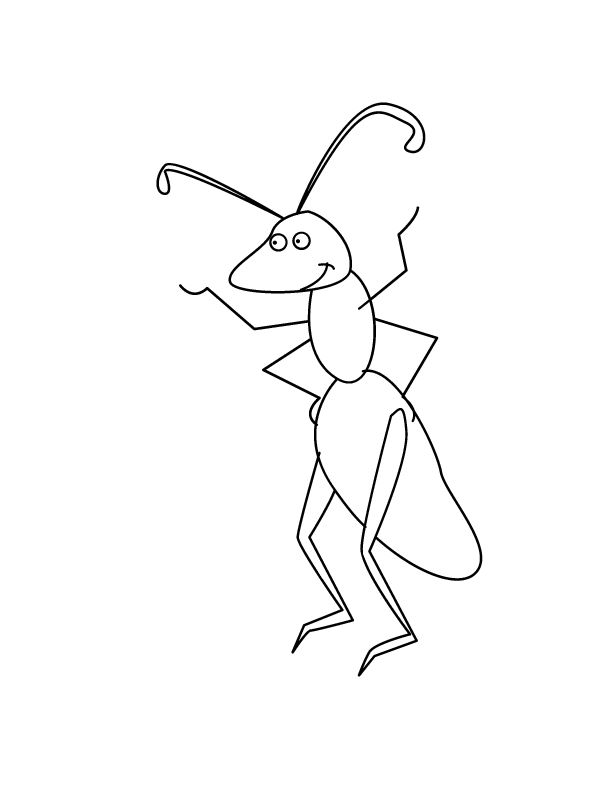 Also, when foraging for food, Argentine ants leave pheromone trails everywhere they go, instead of just from nest to food source. This habit ensures they do not waste time visiting the same area twice. While in other ant species worker ants are primarily responsible for gather food, Argentine queens also assist with foraging for food.
Also, when foraging for food, Argentine ants leave pheromone trails everywhere they go, instead of just from nest to food source. This habit ensures they do not waste time visiting the same area twice. While in other ant species worker ants are primarily responsible for gather food, Argentine queens also assist with foraging for food.
Habitat:
Argentine ant colonies are located in wet environments near a food source. These colonies can grow to monumental size, sometimes covering entire habitats, such as an entire garden or your whole back yard.
Impact:
Argentine ants do not pose a health threat, but they can contaminate food by leaving their bodily waste behind.
Prevention:
- Eliminate standing water. Argentine ants, similar to mosquitoes and termites, are attracted to moisture.
- Keep tree branches and other plants cut back from the house. Sometimes ants use these branches to get into your home.
- Make sure that there are no cracks or little openings around the bottom of your house.
 Sometimes ants use these to get into your home.
Sometimes ants use these to get into your home. - Make sure that firewood and building materials are not stored next to your home. Argentine ants like to build nests in stacks of wood.
Teachers, are you looking for more instructive materials to share with your students? Find additional information on Argentine ants at the official NPMA website.
Download
Pest I.D. Card
Carpenter Ants
Carpenter ants get their name because they build their nests in wood. These insects can cause significant damage to your house. There are many types of carpenter ants throughout the U.S. measuring in size from one-quarter inch (about the width of a pencil) for a worker carpenter ant to three-quarters of an inch (about the size of a quarter) for a queen carpenter ant.
Each colony is established by a single, fertilized queen. She starts her nest in a cavity in wood, where she raises her first brood of workers.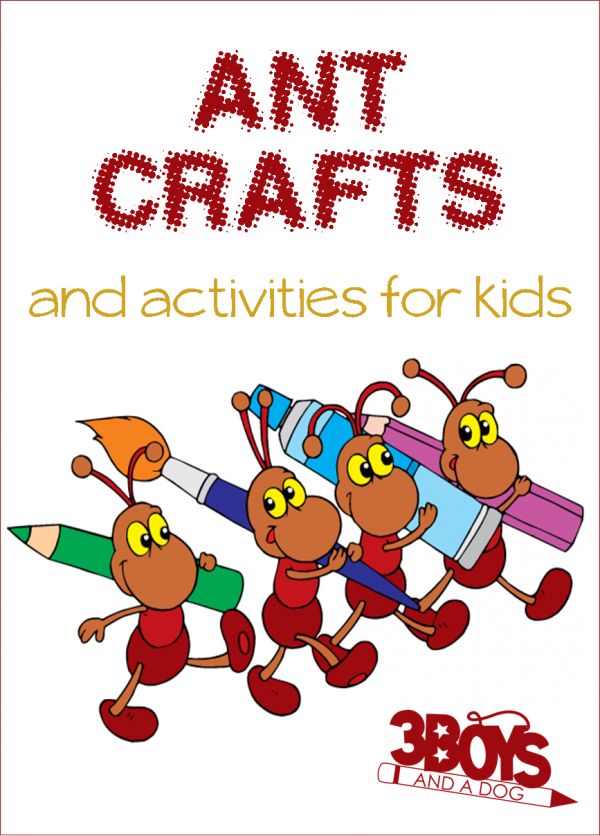 She feeds them saliva and does not leave the nest or feed herself during this time.
She feeds them saliva and does not leave the nest or feed herself during this time.
When they are ready, those workers then get the job of gathering food to feed the next generation. Once mature, this first generation of worker ants work to increase the food supply for the colony. The colony population grows very rapidly. A colony can eventually produce 2,000 or more workers.
- Size: 5/8"
- Shape: Oval
- Color: Range in color from red to black
- Legs: 6
- Wings: Varies
- Antenna: Yes
- Common Name: Carpenter ant
- Kingdom: Animalia
- Phylum: Arthropoda
- Class: Insecta
- Order: Hymenoptera
- Family: Formicidea
- Species: Camponotus
Diet:
Carpenter ants do not eat the wood they remove during their nest-building activities, but deposit it outside entrances to the colony in small piles.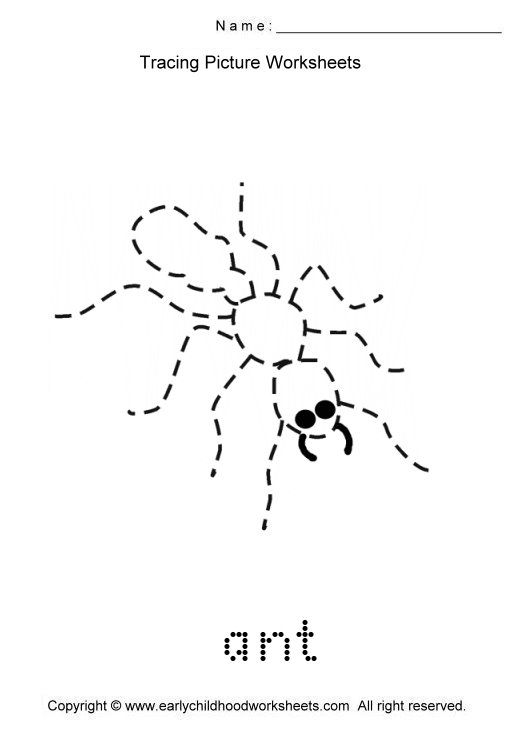 The diet of carpenter ants includes living and dead insects, meat, fats and sugary foods of all kinds, including honeydew and nectar from plants.
The diet of carpenter ants includes living and dead insects, meat, fats and sugary foods of all kinds, including honeydew and nectar from plants.
Habitat:
Carpenter ants build nests anywhere they can find water and moldy or damp wood, such as tree stumps, firewood or in the plants around your house. Carpenter ants also build nests inside, usually entering buildings through wet, damaged wood, although it isn’t uncommon for them to adapt to drier environments.
Impact:
Carpenter ants don’t carry disease, but when building a nest inside a home, Carpenter ants dig smooth tunnels inside the wood. These tunnels weaken the wood and potentially damage the wood that keeps the house standing. This kind of damage can be very expensive to fix.
Prevention:
- Eliminate all standing water, as this could attract carpenter ants.
- Ensure that tree branches and plants are not touching your property, as ants can use them to reach your home.
- Seal any cracks or openings near the bottom of your home.
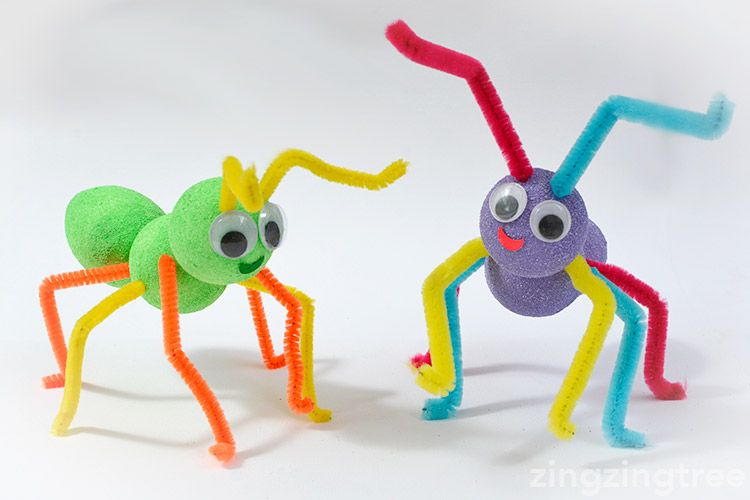
- Keep building materials and firewood away from the home, as ants may use this for building a nest.
School teachers — are you interested in more ant and insect materials to share with your students? Find additional information on carpenter ants at the official NPMA website.
Download
Pest I.D. Card
Odorous House Ants
This ant gets its name from the strong, rotten coconut-like smells it gives off when crushed and the fact that they commonly nest in or around houses. Native to the United States, these ants are very social, living in colonies of up to 100,000 members.
- Size: 1/16" to 1/8"
- Shape: Segmented, oval
- Color: Brown or black
- Legs: 6
- Wings: Varies
- Antenna: Yes
- Common Name: Odorous house ant
- Kingdom: Animalia
- Phylum: Arthropoda
- Class: Insecta
- Order: Hymenoptera
- Family: Formicidae
- Species: Tapinoma sessile
Diet:
Odorous house ants like to eat dead insects and sugary sweets, especially melon.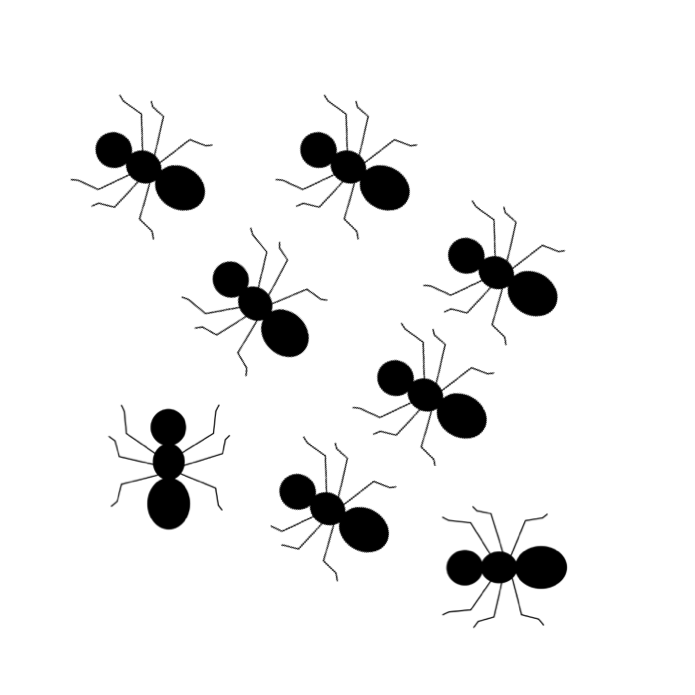
Habitat:
Typically living for several years, these ants commonly make their homes in exposed soil, under stones, logs, mulch, debris and other items. They will also nest in wall and floor cracks.
Impact:
Odorous house ants do not pose a health threat, but they can contaminate food by leaving waste behind.
Prevention:
- Since ants are attracted to moisture, eliminate all standing water near your property.
- Ants can use tree branches to enter your home. Cut back any plants that may be touching your property.
- Seal cracks and other openings around the bottom of your property to prevent ants from using it to enter your home.
- Ants will often use building materials or firewood to create nests.
Find more educational materials for use in your classroom, including a profile on odorous house ants, at the official NPMA website.
Download
Pest I.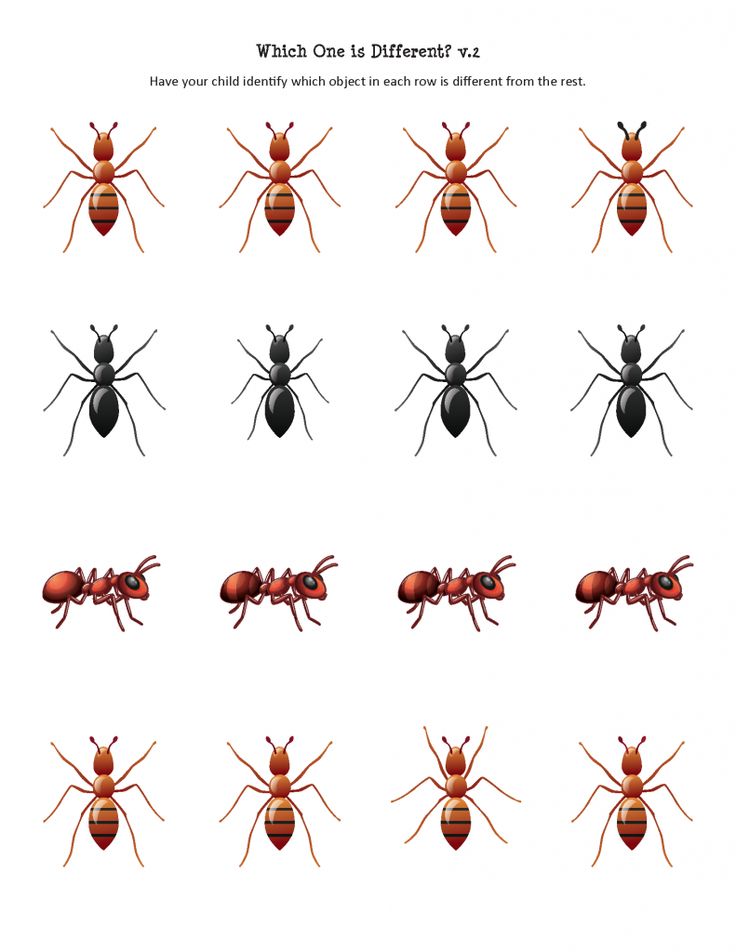 D. Card
D. Card
Pavement Ants
Although these ants can live inside, they get their name because they make their nests in or under cracks in pavement. They are typically found in the eastern half of the United States, California and Washington. Pavement ant colonies average 3,000 to 4,000 members and have several queens.
- Size: 1/8"
- Shape: Segmented, oval
- Color: Dark brown to black
- Legs: 6
- Wings: Varies
- Antenna: Yes
- Common Name: Pavement ant
- Kingdom: Animalia
- Phylum: Arthropoda
- Class: Insecta
- Order: Hymenoptera
- Family: Formicidae
- Species: Tetramorium caespitum
Diet:
These ants will eat almost anything, including insects, grease, seeds, honeydew, honey, bread, meats, nuts and cheese.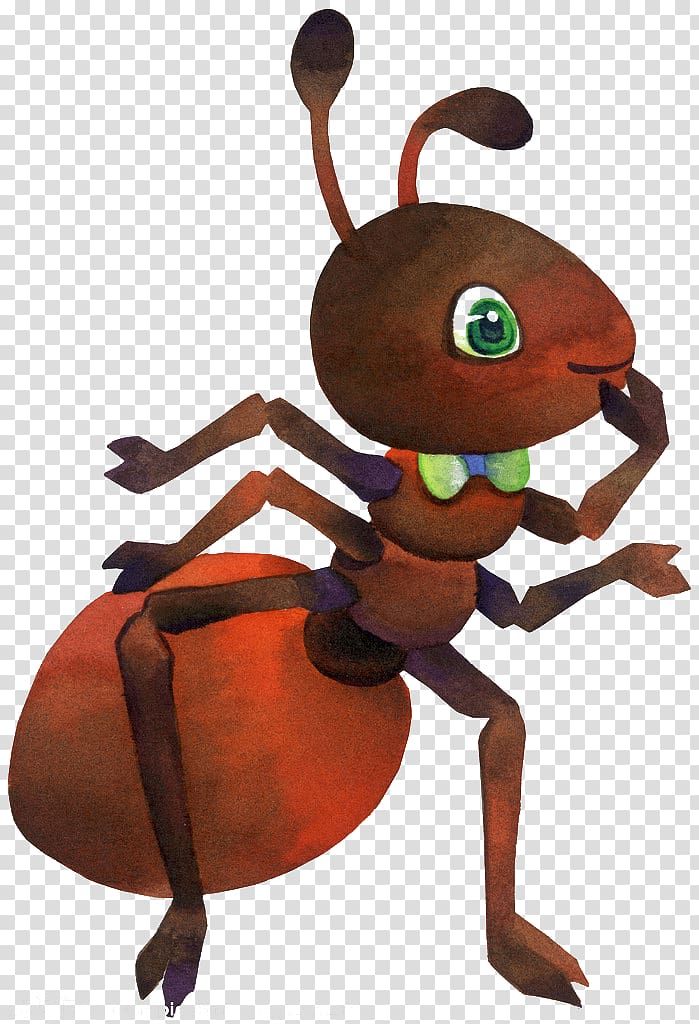
Habitat:
This ant gets its name because it most commonly nests in soil next to and beneath slabs, sidewalks, patios, and driveways. Indoors, pavement ants nest under a building’s foundation and within hollow foundation walls.
Impact:
Pavement ants do not pose a health threat, but they can contaminate food by leaving waste behind.
Prevention:
- Eliminate all standing water near the home, as ants (as well as other insects like mosquitoes and termites), are attracted to moisture.
- Cut back plants and tree branches that may be touching the home.
- Seal any cracks or openings that ants may be using to enter the home.
- Ants may use firewood and building materials to build nests. Be sure to keep these sorts of materials away from the home.
Find more information on pavement ants to share with the kids in your classroom at the official NPMA website.
Download
Pest I.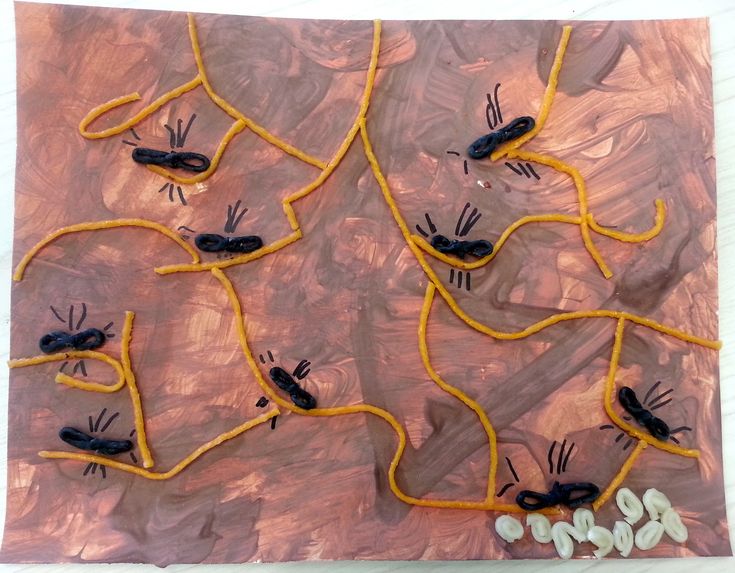 D. Card
D. Card
Red Imported Fire Ants
Red imported fire ants (RIFA, for short) are more aggressive than other ant species and have a painful sting. These ants and their telltale mound nests should be actively avoided. Red imported fire ants can adapt to many climates and conditions in and around their environment. For example, if the colony senses increased water levels in their nests, they will come together and form a huge ball or raft that is able to float on the water!
- Size: 1/8" to 3/8"
- Shape: Segmented, oval
- Color: Dark reddish brown
- Legs: 6
- Wings: Varies
- Antenna: Yes
- Common Name: Red imported fire ant
- Kingdom: Animalia
- Phylum: Arthropoda
- Class: Insecta
- Order: Hymenoptera
- Family: Formicidae
- Species: Solenopsis invicta
Diet:
They primarily feed on vegetation.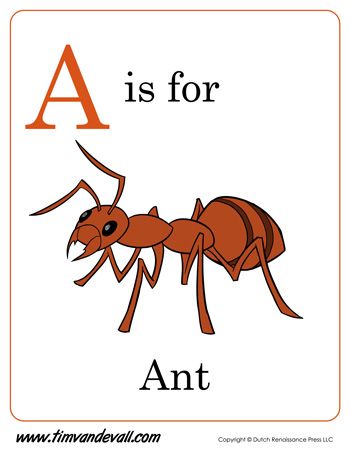
Habitat:
Red imported fire ants will build their nests in mounds of soil outdoors, in landscape areas or near a building’s foundation. They occasionally enter buildings through holes or cracks in walls and foundations.
Impact:
The sting of a red imported fire ant is painful and often results in a raised welt that becomes a white blister. Persons allergic to insect stings will react more severely. They are frustrating, not only because of the physical pain they can inflict, but because their mound-building activity can damage plant roots and lead to loss of crops.
Prevention:
- Since ants are attracted to moisture, eliminate standing water near the home.
- Cut back plants, including tree branches, that ants may use to reach your property.
- Ants can use cracks and openings to enter the home. Seal any sort of opening around the bottom of your property.
- Ants will sometimes use building materials and firewood to build nests.
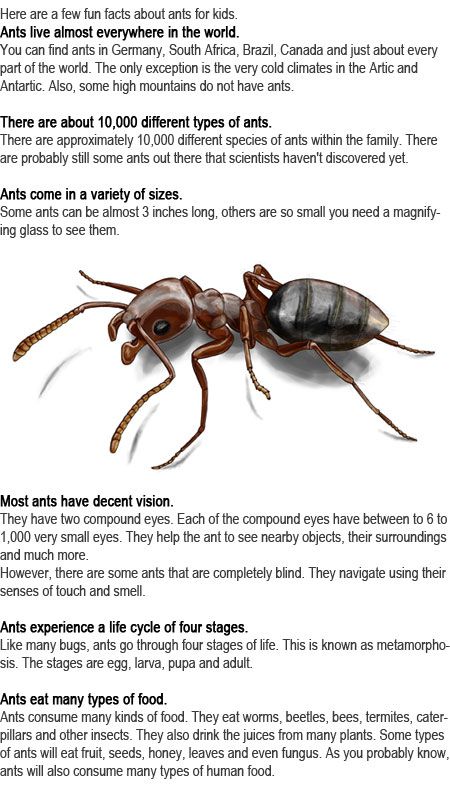 Periodically inspect these materials, and if possible, keep them away from the home.
Periodically inspect these materials, and if possible, keep them away from the home.
Teachers can find additional information on red imported fire ants to share with students at the official NPMA website.
More fun with pests
Ant, lesson on native nature in the senior group
Lesson on native nature in the middle group, theme "Ant"
Author of the lesson: Davydova Svetlana Alekseevna, educator-methodologist of the highest qualification category.
Program content:
Introduce children to the way of life of an ant and the structure of an anthill.
Develop thinking.
To cultivate curiosity, interest in insects, the desire to learn something new about them.
Equipment:
Pictures depicting an ant, an anthill, eggs, larvae, pupae.
Paper-cut silhouette of an ant (length 33 cm).
Ant
Anthill diagram
Lesson progress:
Guys, today we will start the lesson with a quiz.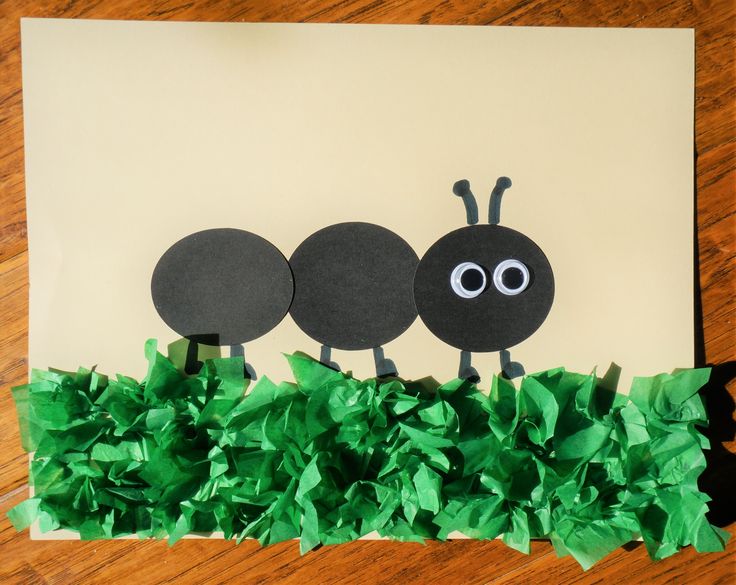
Didactic game "The most-most"
The most cunning beast is ... (fox).
The most cowardly beast is ... (hare).
The biggest lover of honey is a forest animal ... (bear).
The longest neck of ... (giraffe).
The smallest bird is ... (hummingbird).
The largest eggs are laid by ... (ostrich).
The most hunchbacked desert dwellers are ... (camels).
The smallest horse is ... (pony).
The fastest animal is ... (cheetah).
The most intelligent animals are ... (monkeys).
The longest living animal is ... (tortoise).
Guys, do you know who is the strongest on earth?
No, not an elephant, not a hippopotamus. The strongest ant on earth! After all, he can carry loads 10 times heavier than his own weight.
If we imagine that Vanya (a child is called) is an ant, then he will be able to carry 10 children on himself. (10 people are called). Will our Vanya be able to lift and carry all these guys? No. And an ant can carry a load 10 times heavier than itself.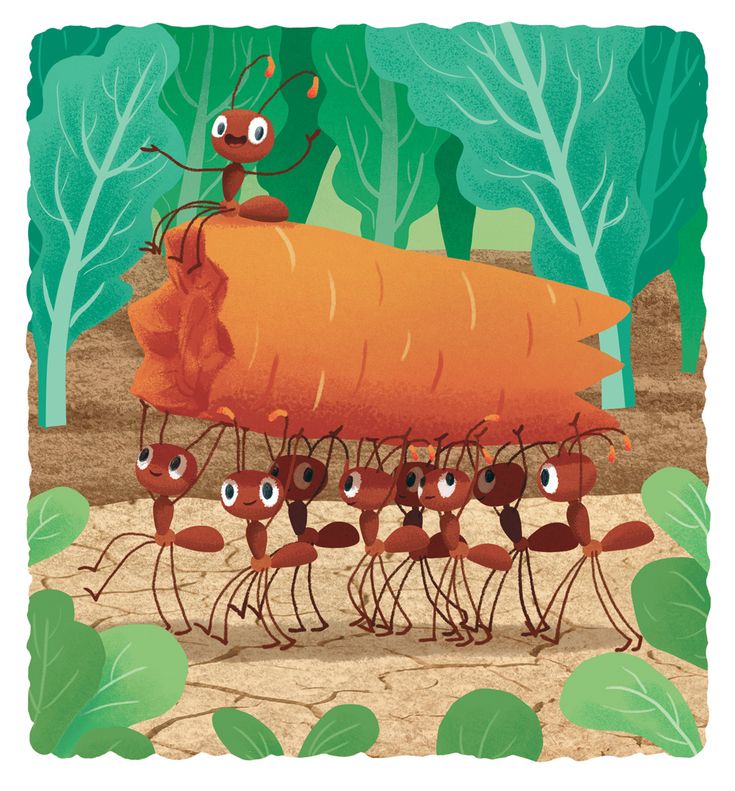 The ant, though small, is a real strongman.
The ant, though small, is a real strongman.
Construction of an anthill
Ants are also excellent builders. What beautiful anthills they build! An anthill is a multi-storey building with many apartments, warm, cozy, well ventilated, with closets, bedrooms, children's rooms, a garbage bin and a toilet. Ants keep their homes perfectly clean.
All entrances and exits let fresh air deep into the anthill. All these entrances and exits are guarded by soldier ants.
From above, the ants cover the anthill with needles and twigs. It protects the dwelling from the vicissitudes of the weather, is repaired and updated by worker ants.
Under this cover there is a room that is well warmed up by the sun's rays. Ants run there to bask in the spring.
There is a cemetery room where worker ants carry their dead brethren and garbage.
There is a special winter bedroom. Adult ants in close quarters, but not offended, spend the winter in this room. They close all the exits in the anthill, huddle together in the winter bedroom and fall asleep.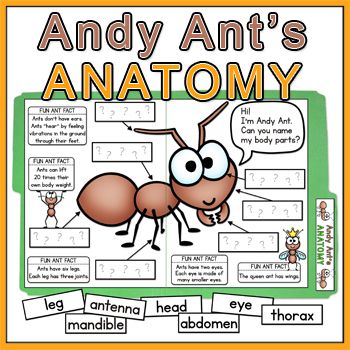
Ants store grains in a grain warehouse.
Ants bring caterpillars and other prey to the meat store.
There is a special barn. Of course, not real cows live in it, but aphids. The aphid is also an insect that, to the delight of the ants, secretes a sweet substance. Ants like it very much, so they protect aphids from pests, carry females to anthills for the winter, and in spring they transfer aphids to the most juicy young shoots. Just as humans raise and care for cows, ants take care of aphids.
An ant queen lives in the royal apartments. Every day she lays a huge number of eggs (up to 1500). She is cared for by worker ants.
There are children's rooms in the anthill with eggs, larvae and pupae. After all, every insect, before becoming an adult, is first an egg, then a larva, then a pupa. And only after that - adults. (Showing monk cards depicting an egg, a larva, a pupa and an adult ant).
Didactic exercise "Put the pictures in order"
The teacher shuffles the pictures and asks the children to put them in order.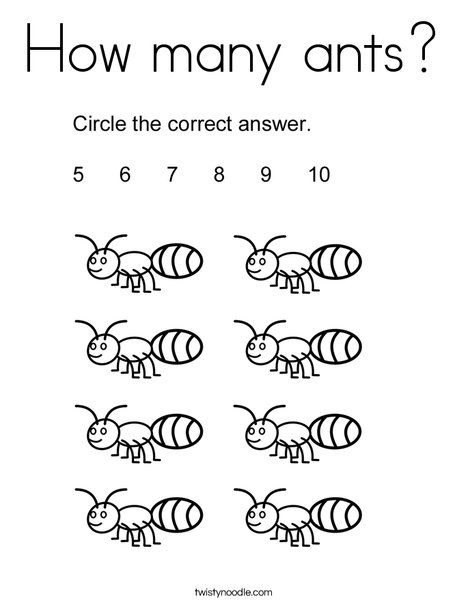 You can invite four children to pick up the pictures and line up in the right order.
You can invite four children to pick up the pictures and line up in the right order.
Dynamic pause and visual gymnastics "Ants"
Children use their eyes to find a picture corresponding to the text. The pictures are located in the corners of the room under the ceiling.
The uterus laid eggs in the anthill,
Their relatives immediately surrounded them with care.
Well, the growth of the ant continues,
And the larvae from the eggs soon appear.
Ants are waiting with hope in every nook and cranny,
That ant larvae will turn into pupae.
A new ant has come out of its chrysalis
.
Children are divided into "ants" and "anthill". Anthill: Children hold hands and form a circle. Children-"ants" enter the circle. At the signal “morning”, the “anthill” children raise their hands up, and the “ants” children leave the circle and go to work; at the signal “evening”, the “anthill” children slowly lower their hands, the “ants” children rush to get into the circle until the “night” signal, when the “anthill” children put their hands down.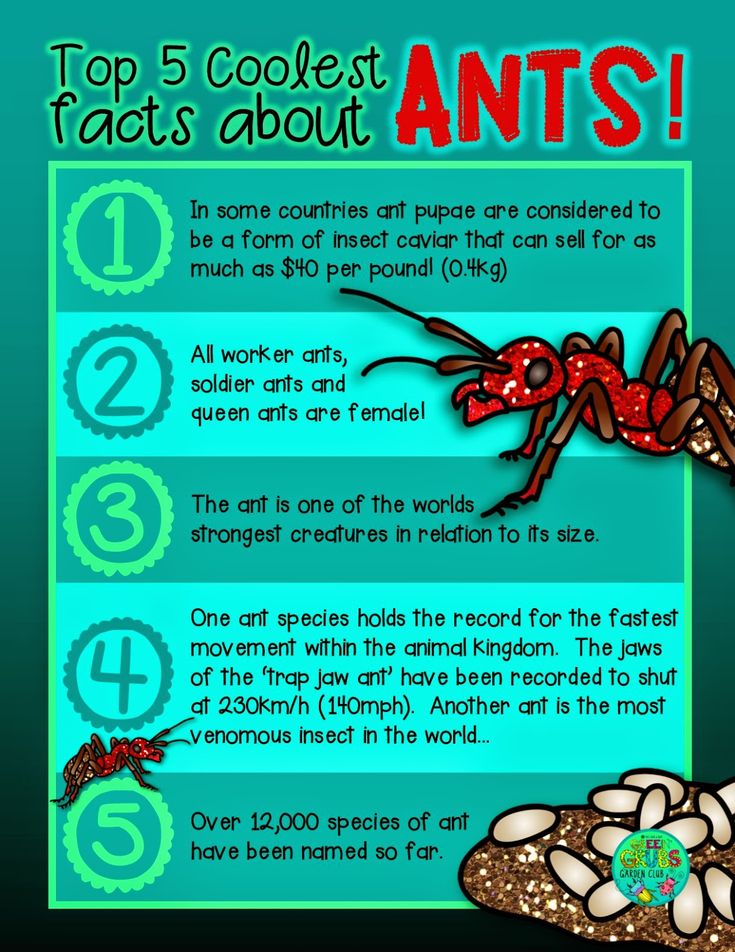
Life of ants
Ants live in an anthill as one large and friendly family. There are as many ants in one anthill as there are people in a big city.
The ant queen rules in the anthill. In her youth, she had small wings, and she loved to frolic and fly. But, then, having become a respectable mother of a large ant family, the ant gnaws off her wings and has been living in an anthill ever since. She lays eggs, from which larvae will later appear. Worker ants will take care of the larvae: feed and care for them. Ants, having been born, do not grow. What were born, such and useful.
Like all insects, ants have antennae-antennae, with the help of which the ant receives information about smell, taste and reports it to its fellows.
Ants can walk on smooth or sloping surfaces.
After all, an ant has two claws on each foot, between them there is a small pad that secretes a sticky liquid, which allows the ant not to fall.
Ants most of all love to feast on the span - this is the name of the substance secreted by aphids. Ants also eat other insects, especially grasshoppers. There is even a saying about this: "The best gift for an ant is a grasshopper's leg." They also eat mushrooms, juice and seeds of plants.
Ants also eat other insects, especially grasshoppers. There is even a saying about this: "The best gift for an ant is a grasshopper's leg." They also eat mushrooms, juice and seeds of plants.
Ants destroy many harmful insects, so they are called "orderlies of the forest."
Some birds specifically fly to ants for help, which cleanse the bird of numerous parasites, smear its feathers with formic acid.
Ants also have enemies. Ants feed on many birds, amphibians and reptiles, as well as badgers, foxes, bears and other animals. Nests of red forest ants are used as winter roosting sites by wild boars.
The largest ants live in Africa. See what size they are. (Showing a carved silhouette of an ant, 33 cm long).
Questions about the content of the lesson:
1. Why are ants considered the strongest?
2. What is an anthill?
3. How does an anthill work? What are the "rooms" in it?
4. Why do ants care about aphids?
5. How are ants born?
6.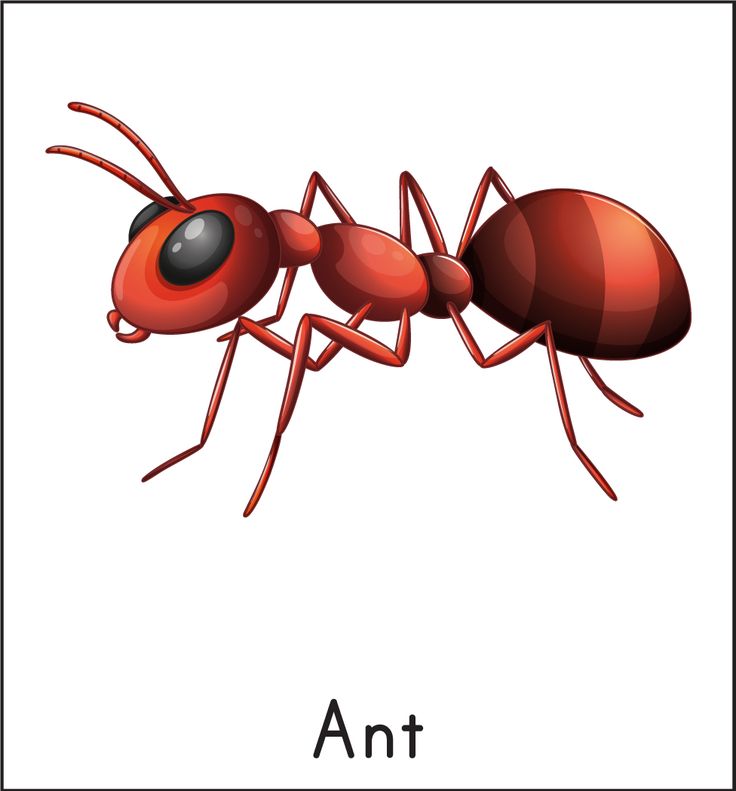 Who is the most important in the ant family? What does she do?
Who is the most important in the ant family? What does she do?
7. Why do ants need antennae?
8. Why don't ants fall when they walk on a smooth and vertical surface?
9. What do ants eat?
10. Name the enemies of ants.
11. Why are ants called "orderlies of the forest"?
Download the summary of the lesson "Ant"
Ant (description for children) | Reports
Ant (description for children)
Published: April 28, 2019
Subject:
the world around us
Class:
2 class
One of the most interesting and useful is ants.
Ants, like ALL insects, have six legs. Here you may be surprised, because a centipede or a spider has more legs! But it turns out that spiders and centipedes are not insects, although they are very similar to them.
The body of an ant has notches that divide its body into three parts - the head, chest and abdomen. From the word "notches" the name "insect" comes. The ant has eyes and antennae on its head.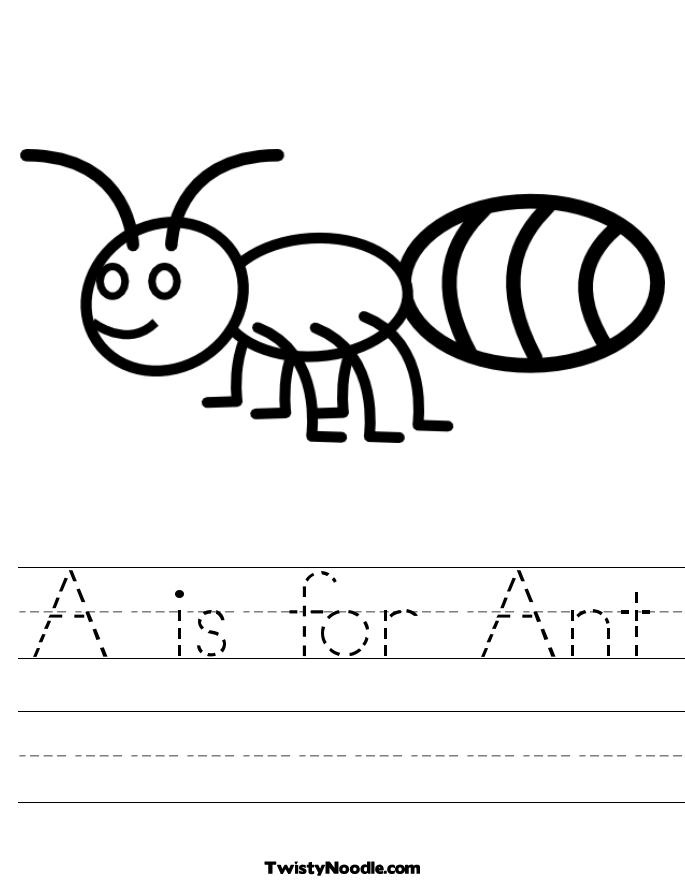 With antennae, the ant smells and talks. Without a mustache, he will simply die.
With antennae, the ant smells and talks. Without a mustache, he will simply die.
Ants are helpers and rescuers of the forest, they destroy harmful insects that gnaw leaves and bark from trees. One of the most successful rescuers is red wood ants. In addition to them, there are many more different types of ants:
- black garden ants;
- ship ants;
- Asian ants tailors;
- yellow Amazon ants;
- blood red ants;
- legionary ants and many others.
Even birds turn to ants for help. After all, ants clean bird feathers from small parasites with the help of a special substance - formic acid.
Another advantage of ants is that they are very industrious. In an ant family, like people, everyone knows a profession and performs his duties daily, except for ant queen. The queen has only one duty - to give birth to children.
The most popular profession for ants is workers .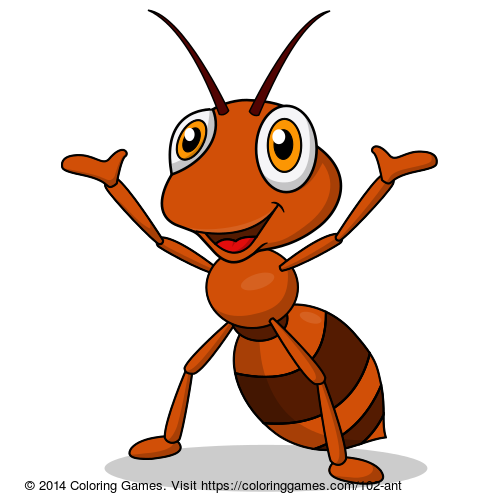 Every day, worker ants run around in search of food and supplies, and they carry everything they find home to the anthill. Ants are very strong. One such baby can carry a load that weighs like ten ants.
Every day, worker ants run around in search of food and supplies, and they carry everything they find home to the anthill. Ants are very strong. One such baby can carry a load that weighs like ten ants.
Nurse ants - care for newborns and larvae.
Shepherd ants - they graze and milk, but not cows, but such an insect as aphids. They love to feast on the sweet liquid that aphids secrete. Ants have whole herds of these green insects and every day they graze them on leaves, protecting them from other insects. And in the evening they are driven back into the anthill.
Ants-doctors - treat their brothers wounded and crippled in battles and at work.
Soldier ants - guard and protect the house, anthill. Soldiers stand at each entrance and exit from the anthill.
Builder ants - of course, they are engaged in building an anthill and arranging all the rooms inside.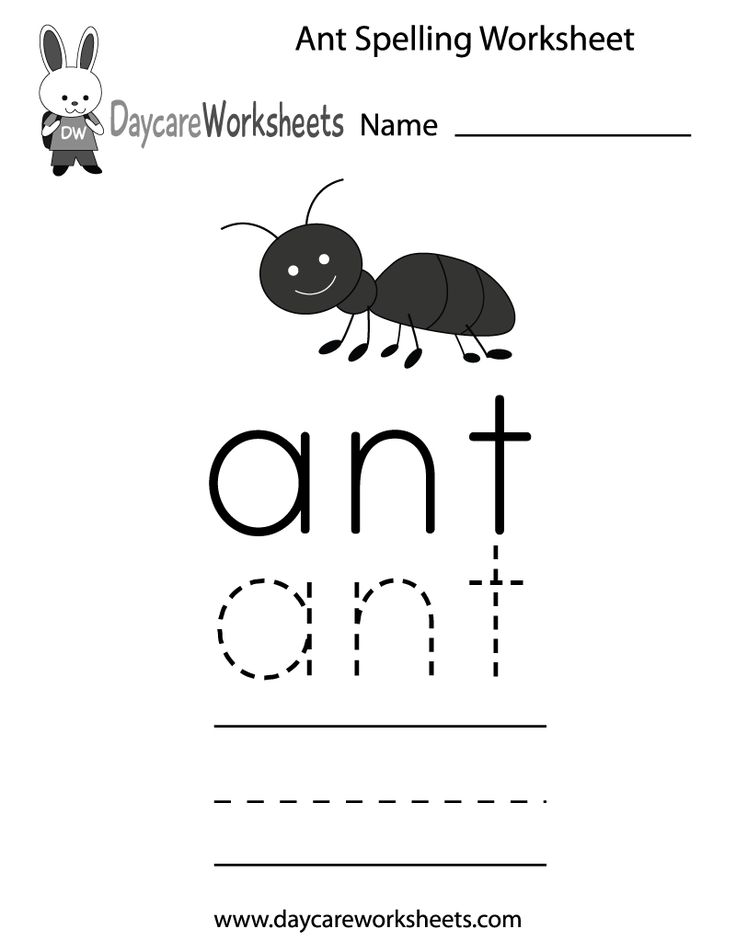
The house of ants, an anthill, looks like an earthen mound strewn with leaves and coniferous needles. But, in fact, this is a very unusual dwelling, thought out to the smallest detail, with many rooms and a labyrinth of corridors.
Tsar's quarters - the queen lives here, or as I call her - the uterus. Here she gives birth to children - lays eggs.
Children's room - eggs laid by the queen are transferred here, which then become larvae, and adult ants are already born from the larvae. In the nursery, nannies take care of the eggs and larvae, guard, cherish, and in case of danger they are immediately transferred to a safe place.
Cowshed - this is where the ants' favorite animal spends the night and hibernates - aphids.
Storeroom - all prepared supplies for the winter are brought here: seeds, grains and harmful insects, from which ants clear the forest.
There is an anthill cemetery .